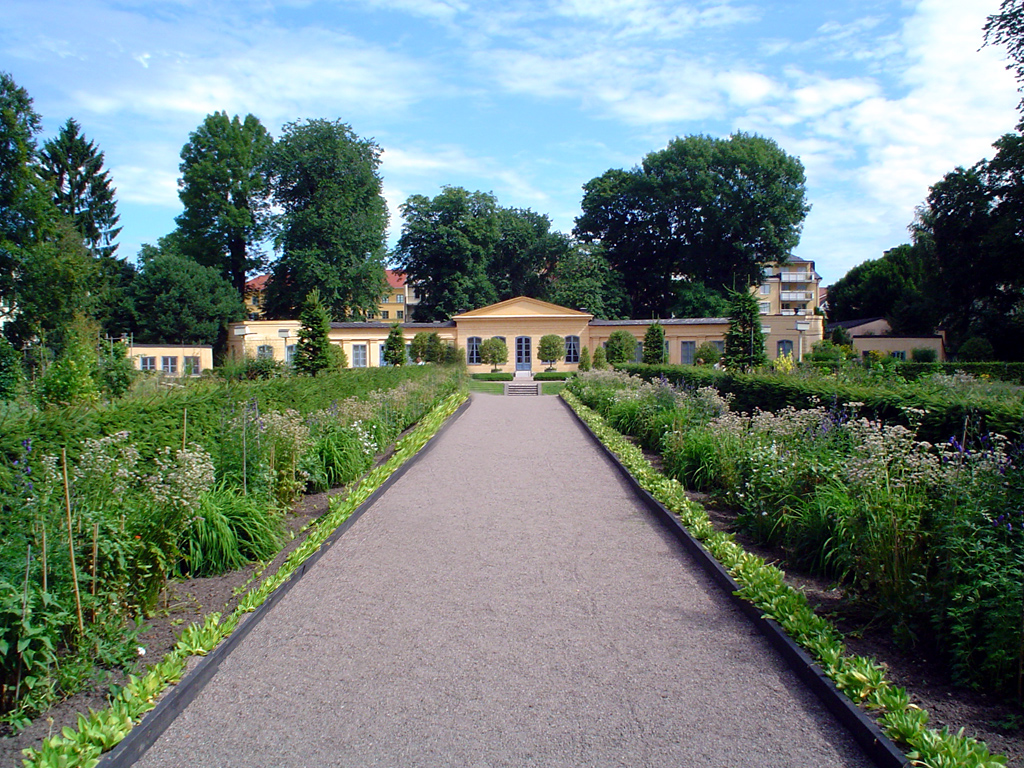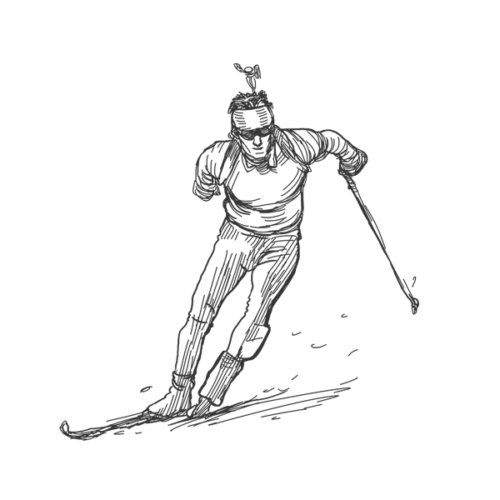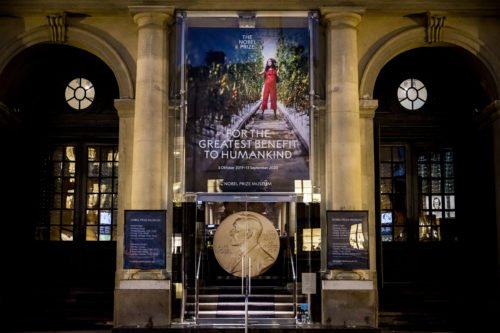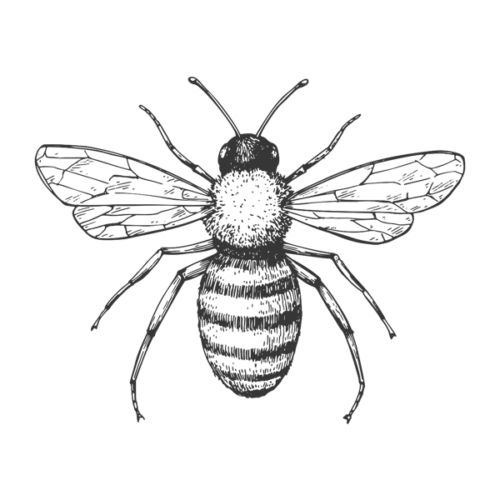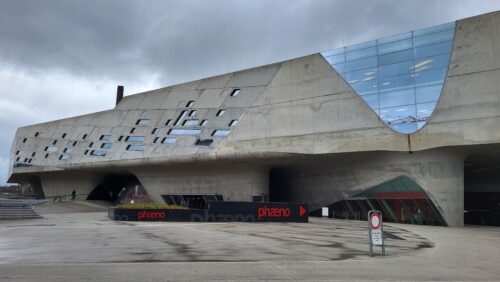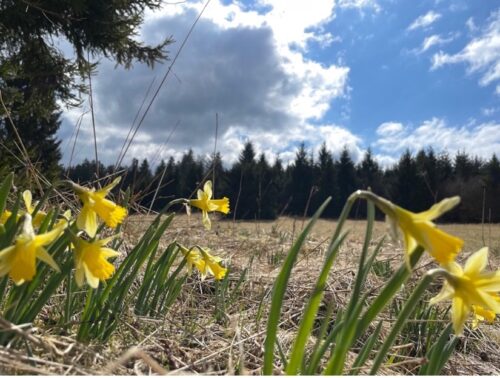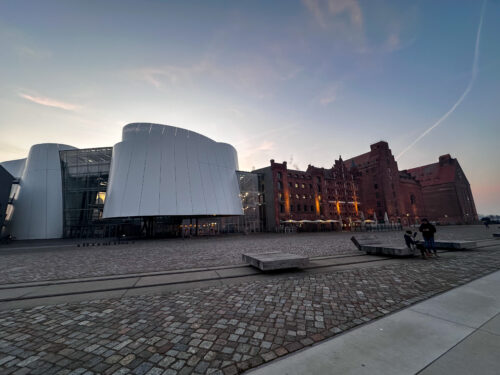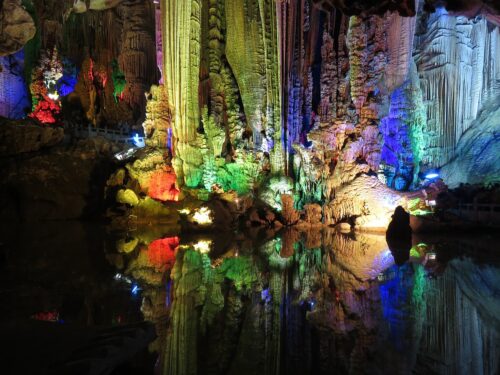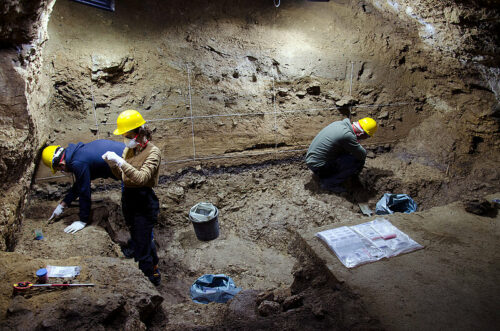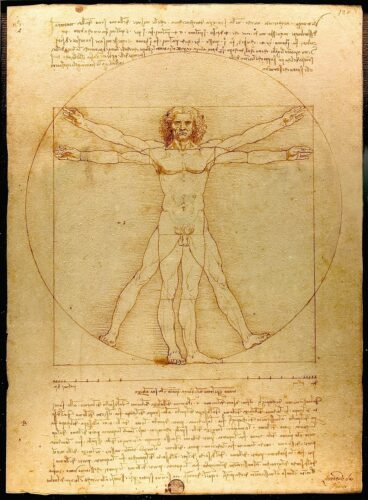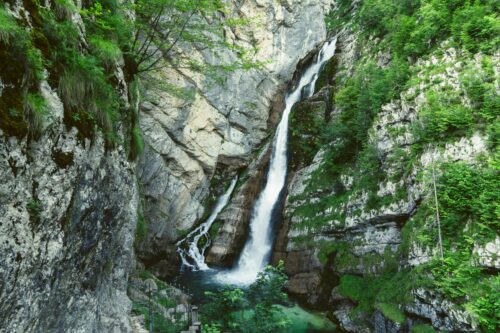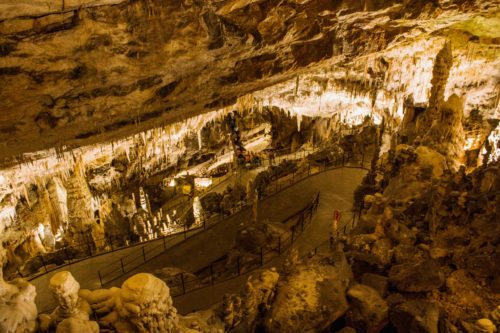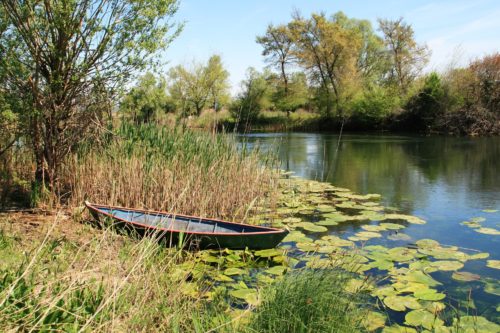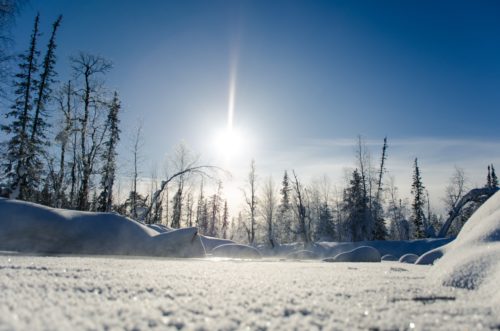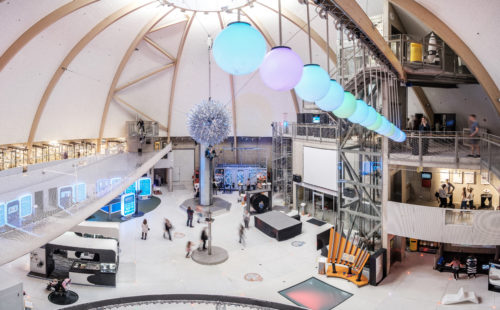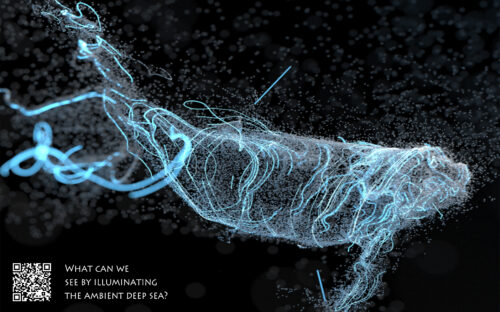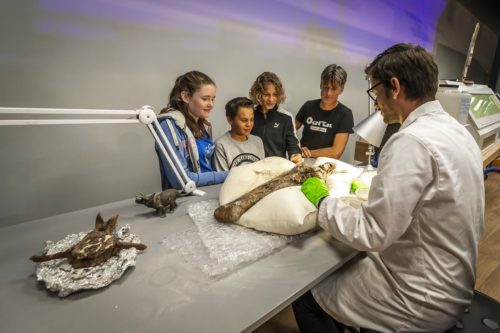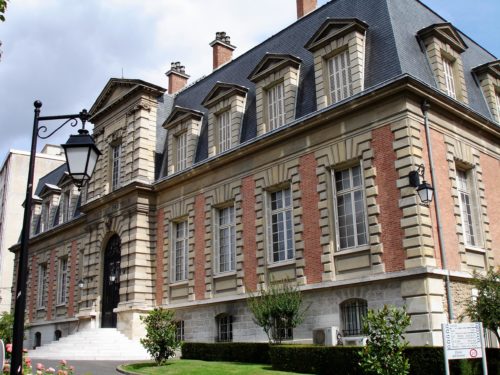Have you ever wondered where we humans actually get our biological name, Homo sapiens, from? The double designation consists of the word for the genus and a second word for the species. This system is called ‘binary nomenclature’. It is used for all organisms. It was developed by Carl von Linné. He used this system for the first time in his work Species Plantarum (1753) – and it is still valid today.
The Botanical Garden in Uppsala was the centre of his research. Here he cultivated over 3,000 different plant species and named them all using his nomenclature. The garden became world-famous as a result, even during Linnaeus’ lifetime. Even today, visitors can still admire the countless plant species in the grounds of Sweden’s oldest botanical garden and see for themselves the place where Linnaeus brought order to the world of living things. Admission for adults costs just under €5, but from 5 p.m. the garden is open to everyone free of charge. You can find detailed information about opening hours on the linked website below.
Website of the Botanical Garden: https://www.botan.uu.se
Photo: Linnaeus Garden in Uppsala. Credits: Wikipedia/Andreas Trepte
